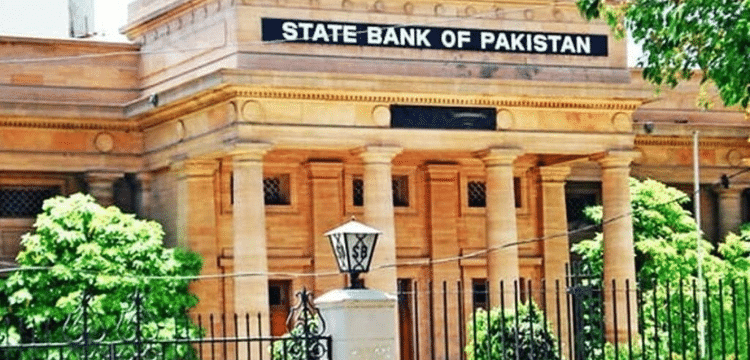[vc_row][vc_column][vc_column_text dp_text_size=”size-4″]At a meeting of its Monetary Policy Committee on January 23, the State Bank of Pakistan (SBP) increased the policy rate by an additional 100 basis points (bps), bringing it to 17%, the highest level since October 1997.
On whether the increase is enough to anchor inflation expectations, experts are divided. An emphasis on communicating monetary policy is, however, absent from the discussion. This is significant because, at least according to its most recent monetary policy statement (MPS), the SBP appears to be correctly targeting and anchoring inflation expectations.
Effective policymaking is enhanced by influencing expectations and lowering market uncertainty. Communication issues have the opposite effect. Any discrepancies or a lack of follow-up information can undermine a central bank’s credibility and its capacity to influence the market, the economy, and the populace.
According to a Financial Times story, central banks must be consistent in their communication. The most crucial tool for central banks to communicate with markets, professionals, and the general public is a monetary policy statement. Clarity and consistency are essential to effective communication. Since central banks operate on credibility rather than the government’s arsenal of tools for coercive implementation of its policies, it is much more crucial for them.
[/vc_column_text][/vc_column][/vc_row]











